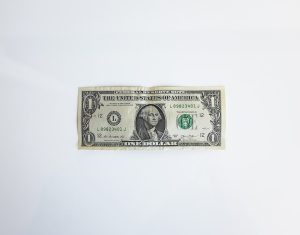Forex trading, also known as foreign exchange trading, is the process of buying and selling currencies on the global forex market. It can be a lucrative and exciting way to make money, but it can also be risky for beginners who are not familiar with the market’s complexities. In this article, we will provide a step-by-step guide on how to trade on forex for beginners.
Step 1: Learn the Basics of Forex Trading
Before you start trading on forex, it’s essential to understand the basics of the market. This includes learning about currency pairs, bid and ask prices, spreads, leverage, and margin requirements. You should also familiarize yourself with the different types of orders, such as market orders, limit orders, and stop-loss orders.
Step 2: Choose a Forex Broker
Once you’ve learned the basics of forex trading, you’ll need to choose a forex broker to facilitate your trades. It’s important to choose a reputable broker that is regulated by a reputable financial authority, such as the Financial Conduct Authority (FCA) in the UK or the National Futures Association (NFA) in the US.
When choosing a broker, consider factors such as the broker’s trading platform, fees and commissions, customer service, and educational resources.
Step 3: Open a Forex Trading Account
Once you’ve chosen a forex broker, you’ll need to open a trading account. Most brokers offer a variety of account types with different minimum deposit requirements, trading platforms, and features.
When opening a trading account, you’ll typically need to provide personal information, such as your name, address, and date of birth. You may also need to provide proof of identification and residency.
Step 4: Fund Your Trading Account
After opening a trading account, you’ll need to fund it with money to start trading. Most brokers offer a variety of deposit methods, such as credit cards, bank transfers, and e-wallets.
It’s important to only fund your trading account with money that you can afford to lose. Forex trading can be risky, and you should never trade with money that you need for essential expenses.
Step 5: Choose a Currency Pair to Trade
Once you’ve funded your trading account, you’ll need to choose a currency pair to trade. Currency pairs are traded in pairs, such as EUR/USD or USD/JPY.
When choosing a currency pair, consider factors such as volatility, liquidity, and trading hours. It’s also important to conduct fundamental and technical analysis to identify potential trading opportunities.
Step 6: Place Your First Trade
After choosing a currency pair to trade, you’ll need to place your first trade. This involves selecting the order type, specifying the volume, and setting the stop-loss and take-profit levels.
It’s important to set stop-loss and take-profit levels to manage your risk and protect your profits. Stop-loss orders automatically close your trade if the market moves against you, while take-profit orders automatically close your trade if the market moves in your favor.
Step 7: Monitor and Manage Your Trades
Once you’ve placed your first trade, it’s important to monitor and manage your trades. This involves keeping an eye on the market and adjusting your stop-loss and take-profit levels as necessary.
It’s also important to practice good risk management and avoid overtrading. This means only trading when there are clear signals and not risking more than 1-2% of your account balance on any single trade.
Conclusion
Trading on forex can be a lucrative and exciting way to make money, but it’s important for beginners to learn the basics and practice good risk management. By following the steps outlined in this article, you can start trading on forex with confidence and increase your chances of success.





